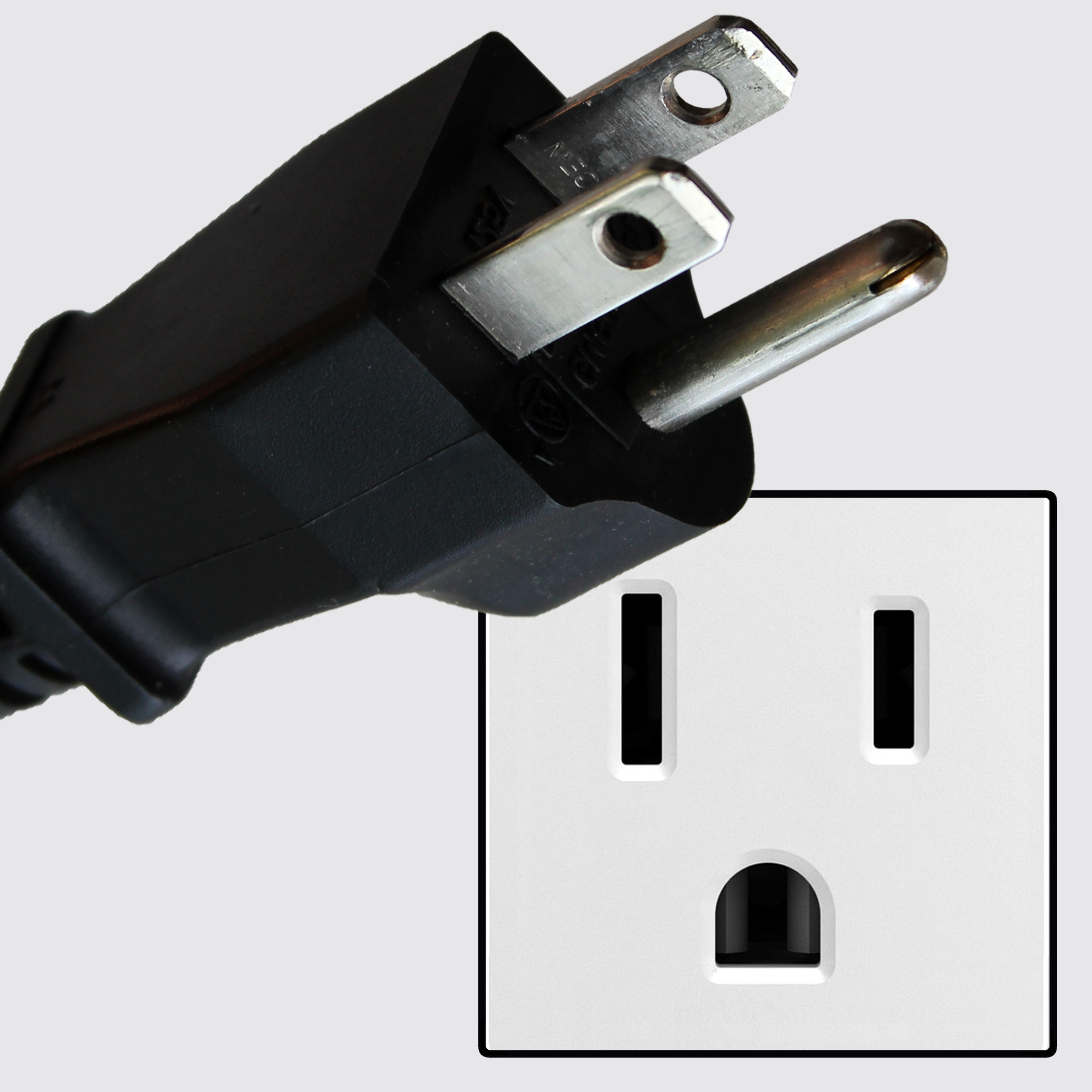
We use different types of electric plugs in our daily life according to the devices. Everyone would have noticed the holes in the prongs of the plug, Have you? If you haven’t then take a look over it, and let’s try to figure out the reasons behind the holes in the prongs of the plug.
Holes In The Electric Plugs Provides Better Grip
There are different types of electric plugs we see in our home, Not every plug has holes in it. The small size plugs lack those holes as they are lightweight and can be fixed with less gripping. The modern sockets are made with bumps inside them which fit the sockets and help to fix the plug. The holes and the bumps provide stability to the plug and make it safe to unplug and plug.
The manufacturer also gets profits using fewer metal sheets to make those prongs of plugs. These holes are made in the name of security features to the plugs for marketing purposes.

Can We Use An Electric Plug Without Holes?
This is the most common question in our day-to-day life. The holes are made for the stability of the plug inside the socket. Regarding the question, it is simply yes, cause there exist different plugs without holes and they perform well. So there is no compulsion for the holes inside the prongs of plugs.
Some electricians claim that the holes in the electric plugs make it easier for the plug to be connected directly to the live wire which allows electricity to flow more easily than that of a plug without holes. But in our practical life, it doesn’t bother us.
History Of Holes In An Electric Plug
Initially, the holes were found in the form of indents inside the prongs of the electric plug, Which was Harvey Hubbell Jr’s solution for the gripping of the plug inside a socket, who was an inventor by himself. In the long run, The indents transformed into holes which were standardized for the modern sockets. Still, the basic concept behind the socket remains the same throughout the decades. The manufacturers have simply categorized the sockets by relating to the capacities of the appliances and the stability of the load across the socket.
What Are The Holes In The Socket Called?
As we know for our cellphones, there are types of chargers. In the same way, there are different types of electric plugs and sockets.
- Type A

These types of plugs have two flat parallel prongs with holes in them. They look prettier and very standard. These plugs are more common in most of North and Central America. It is also known as NEMA 1-15.
- Type B

This is a class I plug which is made as the American standard NEMA 5-15. This plug has two flat thick blades with holes in them and a round U-shaped earth pin. This plug is grounded before they are connected to the live electricity.
The Plugs without Holes Are More Common
Around the globe, There are different countries that prefer different types of plugs to use for daily life. Mainly in Europe, narrow and circular prongs are preferred for the plugs. There is a relatively another type that exists like E-Type, which is more common in France. The G standard is used in the UK and the I standard in Australia. These types do not have any holes in their prongs. On the other hand, we have already discussed A and B type plugs which have holes in them. Type I have relatively both flat prongs like A and B and relatively have holes in them.